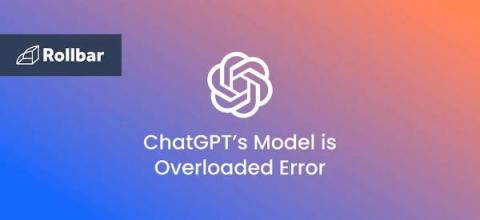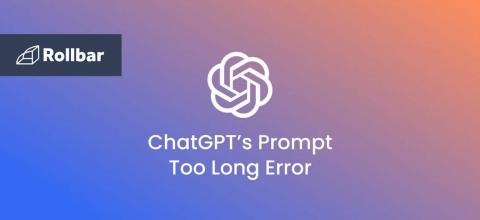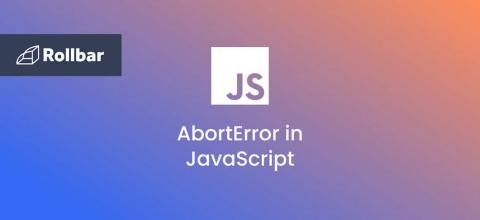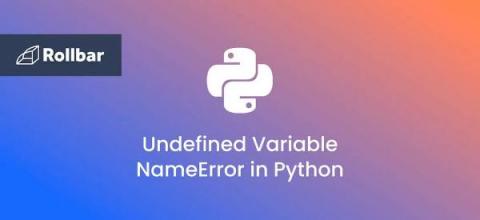When to Use Try-Except vs. Try-Catch
Are you confused when to use try-except versus try-catch? Both are popular mechanisms that gracefully handle unexpected situations. Both share a similar philosophy in syntax, where a block of code is 'tried,' and if an exception occurs, it's caught and handled in a designated way. There's one big difference between them though: try-except is for Python while try-catch is for Java.











